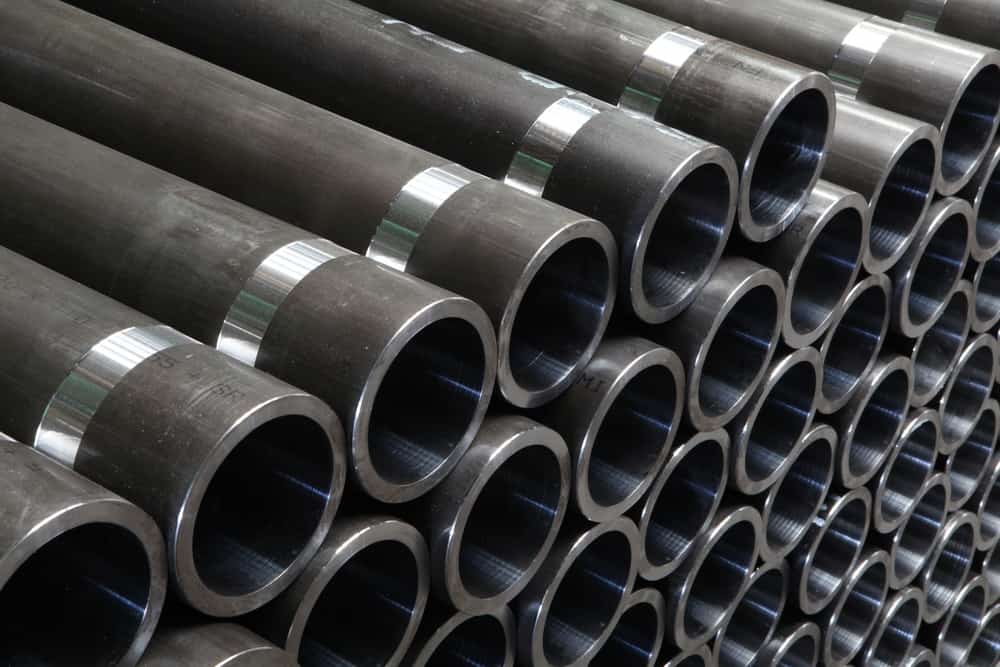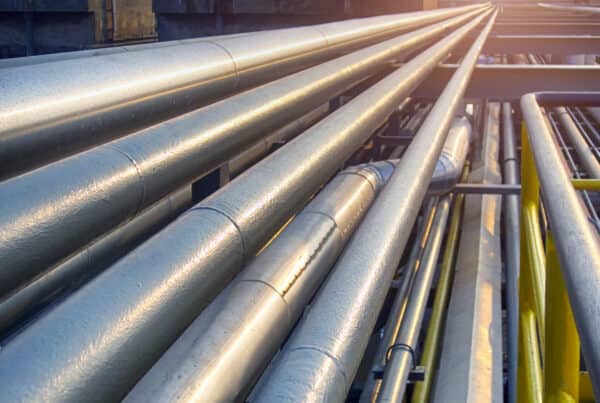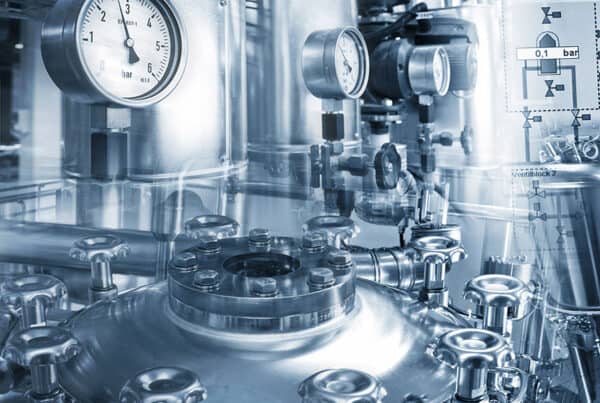
The term “carbon steel” refers to steels with varied carbon concentrations. As one of the most widely used metals, carbon steel occurs in daily applications ranging from simple household appliances to bridges and pipelines. The popularity of carbon steel is attributable to its strength and toughness, as well as its ability to be easily cast, forged, or welded.
Since many varieties of carbon steels are available, their associated welding requirements can differ. Consequently, it is important to identify welding types that foster high-quality fusion devoid of carbon steel impurities. This article will explore how the precision and quality provided by TIG welding carbon steel with the orbital process can prove to be an advantage for manufacturers.
Welding Techniques for Carbon Steel Pipes
TIG (Tungsten Inert Gas), MIG (Metal Inert Gas), and SMAW (Shielded Metal Arc Welding) are all applicable processes when it comes to welding carbon steel pipes. However, before making a choice between these welding types, it is useful to stop and analyze the type of carbon steel that comprises the pipe or tube. Based on its carbon content, carbon steel can be grouped as follows:
- Low / mild carbon steel (0.05 – 0.3%)
- Medium carbon steel (0.3 – 0.6%)
- High carbon steel (0.6 – 1.0%)
- Ultra-high carbon steel (1.25 – 2.0%)
For pipe and tube manufacturing, mild carbon steel is the most popular choice. This is because mild carbon steel offers good hardness, temperature resistance, impact resistance, and corrosion resistance (with galvanization). Additionally, mild carbon steel is very weldable, which is advantageous when critical pipes and tubes need to be fused.
Many carbon pipes and tubes are welded manually or with MIG. In an industrial setting, MIG provides simple and productive high-speed welding, while SMAW offers the flexibility to weld in any position. But if high purity and quality are desired, no process is more effective than TIG.
TIG Welding Carbon Steel Pipes and Tubes
Most pipes and tubes have to meet industry-standard strength and purity requirements. If we take the oil and gas industry as an example, these requirements ensure effective operation while preventing potentially life-threatening hazards. A TIG welding process offers the following benefits:
- Applicable for all types of carbon steel welding
- Reduced hydrogen embrittlement
- Excellent purity with inert gas shielding and back purging
- Precision welding with weld parameter control
- Controlled heat input and cooling for reduced weld defect, especially in high-carbon steel
Benefits of Orbital Process for TIG Welding Carbon Steel
The benefits of orbital welding are underscored when you consider the consistency that TIG welding carbon steel pipes or tubes requires. Specific advantages of an automated orbital welding process include the operator’s ability to:
- Consistently weld pipe or tube circumference at any position
- Maintain uniformity in weld beading with controlled weld head oscillation
- Control and optimize heat input for a range of carbon steel thicknesses to avoid segregation of silicon and sulfur
- Produce high-purity welds in a timely and cost-efficient manner
Adhering to the weld specifications for a wide range of carbon steel can be tricky, especially when welding critical process pipes and tubes that demand excellent quality and purity. Orbital TIG can be an ideal solution for welding this widely used material for a range of piping and tubing needs. Qualities like automation, precision control, and speed enable manufacturers to ensure consistent, reliable, and high-quality welds.
Arc Machines, Inc. has been a leading provider of advanced orbital welding solutions for decades. For inquiries regarding products, contact sales@arcmachines.com. For service inquiries, contact service@arcmachines.com. To develop a custom welding schedule for TIG welding carbon steel pipes and tubes, contact us to arrange a meeting.




